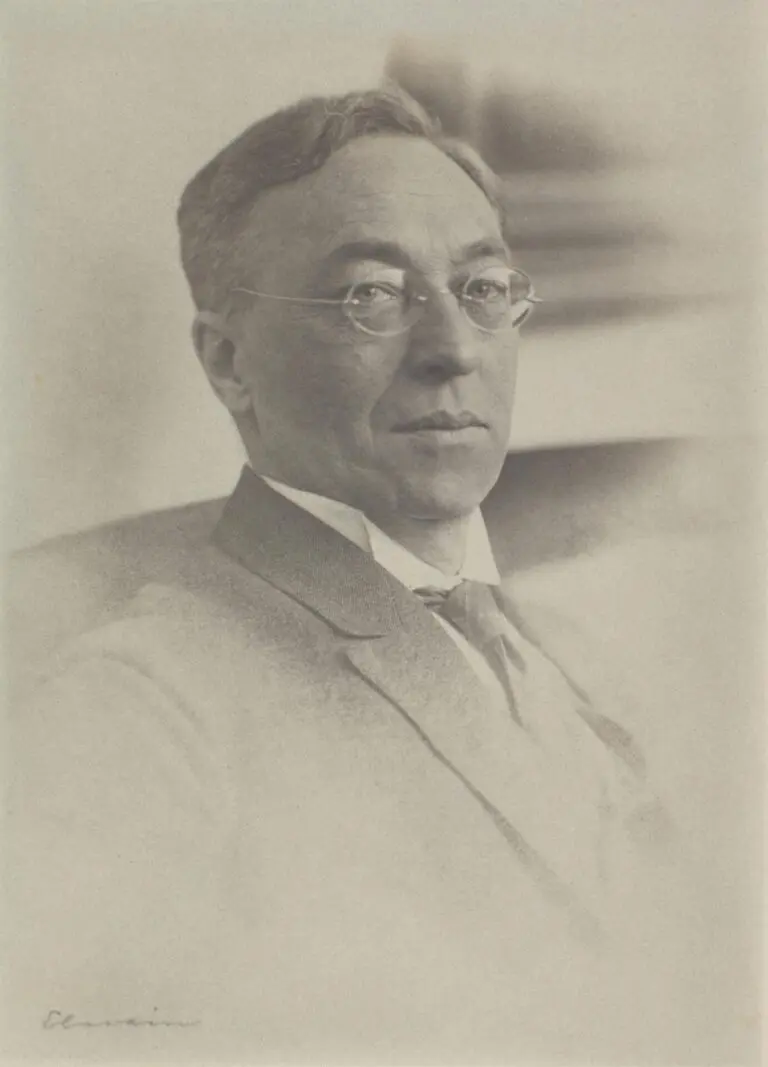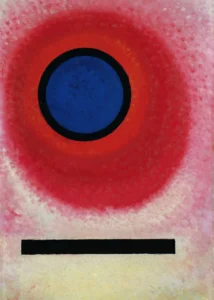Standing (1930)
Created in 1930 by the renowned Russian artist Wassily Kandinsky, Standing exemplifies the essence of abstract art, merging geometric shapes with a vivid color palette. Kandinsky's technique emphasizes the emotional resonance of colors and forms, creating a dynamic interplay that invites viewers to engage on a deeper level. The artwork reflects the artist's theoretical perspectives on art and its spiritual connection, making it a prominent piece in the evolution of modern art.
Year 1930
About the Artwork
Wassily Kandinsky, a pivotal figure in the abstract art movement, believed that colors and shapes could express feelings and ideas beyond the visible world. Standing was created during a time when Kandinsky was exploring the philosophical underpinnings of art; he saw his work, particularly this piece, as a bridge between the spiritual and the material. Kandinsky's use of bold primary colors and simplified geometric forms in Standing reflects his desire to capture the essence of his subject matter and convey a sense of movement and energy, inviting viewers to experience an emotional journey.
Did You Know
Wassily Kandinsky had a profound interest in music, which heavily influenced his artistic philosophy. He famously believed that colors and shapes in art could evoke the same emotional response as music.
In Standing. Kandinsky pushed the boundaries of abstraction, moving away from any representational forms and instead focused solely on the expressive potential of colors and shapes, leading to a defining moment in modern art.
Standing reflects Kandinsky’s belief that art should transcend the physical world, serving as a means for spiritual expression, a theme prevalent in much of his body of work.










